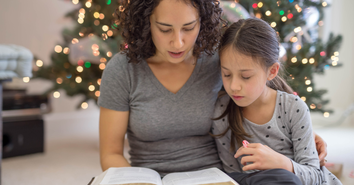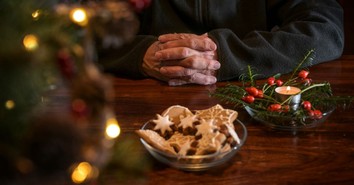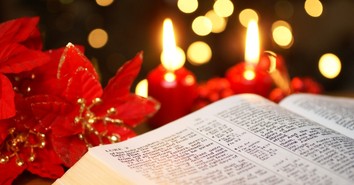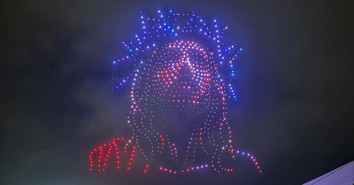The Legality of Homeschool Christmas Displays
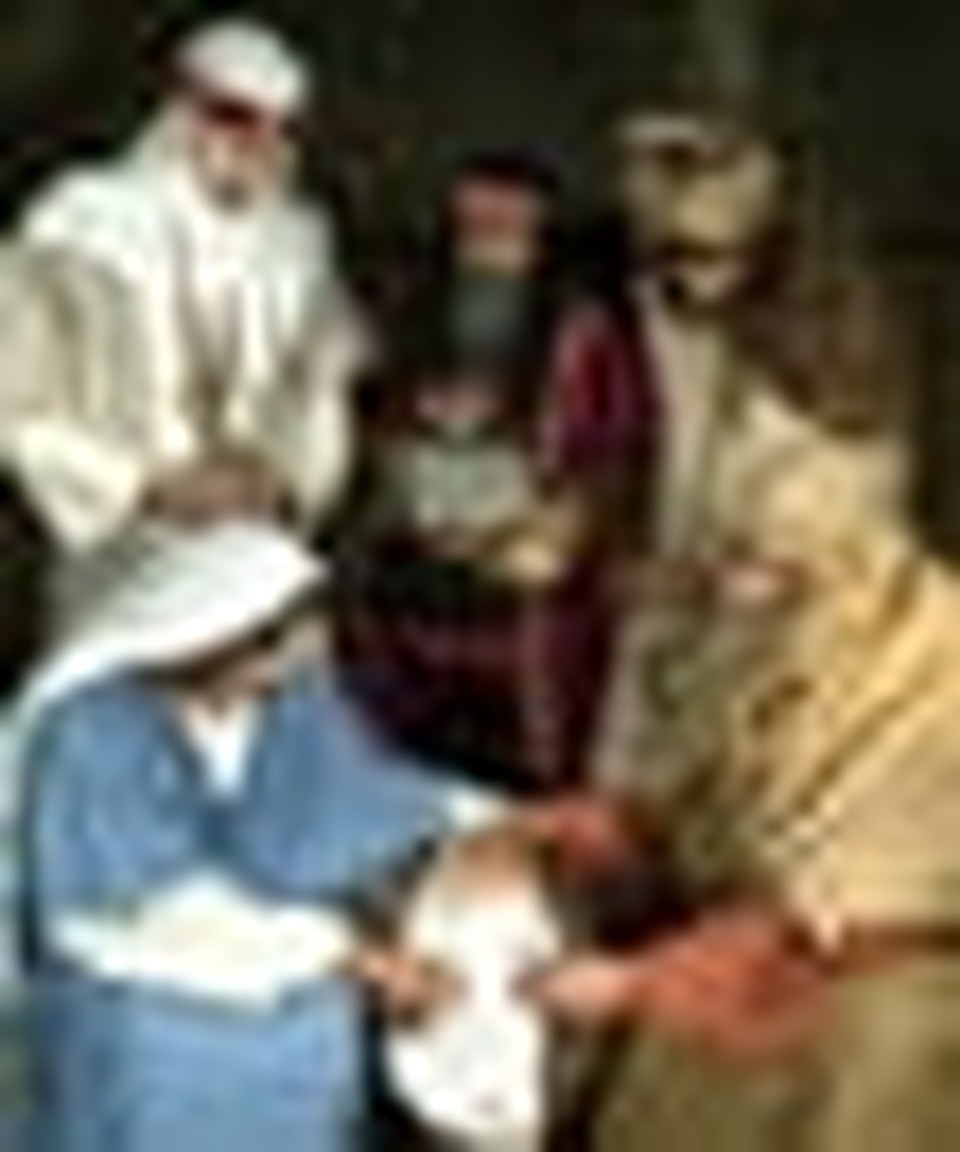
Christian homeschoolers have an opportunity to highlight the true meaning of Christmas in their towns and communities. Religious advocates have asked homeschool groups to present Nativity scenes on public property during the holiday season. This month’s column addresses the necessity and legality of these displays.
Conflict Over Christmas
For centuries, Christians have tried to keep the focus of Christmas on Jesus. In 1223 A.D., Saint Francis of Assisi staged the first known living Nativity scene at Greccio, Italy, to encourage a deeper devotion to the Christ child. That Nativity display (also known as a crèche) included a real baby, animals, and costumed performers playing the roles of Mary and Joseph. Eventually, seasonal depictions of the Nativity became a key element of global Christmas tradition. However, especially in the United States, increasing secularization has led to ever-growing waves of legal conflict over these displays.
The lawsuits began in earnest in the early 1980s, with secular groups arguing the U.S. Constitution forbid towns from displaying religious symbols of Christmas, such as a crèche. The U.S. Supreme Court has twice ruled on the constitutionality of a public Nativity display, once approving the scene and once striking it down under the First Amendment as an improper government endorsement of religion.1
A Winning Secular Strategy?
This upcoming Advent and Christmas season will no doubt see another spike in Nativity-related legal conflict, as groups that seek a strict separation of Church and State attempt to push all religious symbolism from the public square. These secular groups scour communities across the nation looking for potential violations. They then threaten a lawsuit unless the displays are removed.
This strategy seems to be working, with more local governments shying away from Nativity scenes to avoid the expense of defending them in court—even when the displays are perfectly legal. A similar situation can occur when a town displays a menorah—a Jewish religious symbol used during Hanukkah to commemorate the rededication of the Holy Temple during the Maccabean Revolt in the second century B.C.2 But this legal strategy is also drawing a growing reaction from religious activists.
Calling on Homeschoolers
Some homeschool groups have already been involved in public displays of the crèche. For instance, last Advent, homeschoolers in Park Rapids, Minnesota, put on several live Nativity performances in a public park.3 An organized nationwide effort is also picking up steam. Two Christian organizations—Faith and Action and the Christian Defense Coalition—headed up last year’s “Nativity Project,” which presented a living Nativity at major venues such as New York City and the U.S. Supreme Court building in Washington, D.C. These events generated interest from print and television media, including a live broadcast by the Fox & Friends news show.
The Nativity Project has called on Christians to bring the crèche back into the public square. It has encouraged individuals, “families, home school groups, even just a collection of friends” to stage living Nativity performances or erect stationary displays in their local communities.4 Rev. Patrick J. Mahoney, Director of the Christian Defense Coalition, stated, “[N]o court in no municipality, anywhere across America, can say it’s unconstitutional when we've been given permission to go in front of the U.S. Supreme Court.”5 But is he right?
The Legality of It All
While there is nothing talismanic about staging a protest at the Supreme Court, Mahoney is correct about the ability of citizens to legally organize a public Nativity display. The First Amendment protects the right of “the people peaceably to assemble, and to petition the Government for a redress of grievances.” This includes gathering together to encourage fellow citizens to acknowledge the true religious meaning of a major national holiday.
Mahoney’s approach is perfectly legal. It also avoids some of the actions that have irked secular groups and prompted lawsuits in the past. When local government doesn’t have the courage or resources to acknowledge the true meaning of the season, nothing prevents its citizens from acknowledging that message in the public square themselves. When that happens, government officials are simply allowing their citizens to gather in public to express a private message. There is no threat to the so-called wall of separation between Church and State.
Planning the Event
In short, there is a safe and legal way for homeschool groups to host Nativity displays in the public square this holiday season. Faith and Action sums up the process this way: “Pick a highly trafficked location with good public visibility, determine which kind of display you want to use, then go to your government offices and ask what you must do to secure permission.”6 I would add a few more details.
First, envision your event. How many people do you need to put it on? What types of materials will you need (i.e., lights, real animals)? Where will you stage the display to reach the most people in your community? What route will you take (if a procession will be part of the event)? You may need to provide this information to local government officials in order to coordinate your plans and their assistance.
Second, use the Internet to locate your community’s rules regarding gatherings and displays on public property. Many towns have a simple, inexpensive process to apply for a permit, but it may require several weeks of lead time prior to the event. If you can’t find this information online, give your local government administration building a call to find out the proper procedures for your display.
Third, follow all local requirements and apply for a permit, if required. The content of your message should not be a factor in the decision to grant the permit, although proper government functions such as traffic control and safety will be relevant. In some places you may need to secure some form of insurance or pay a permit fee. Be sure all your event participants are aware of all local safety rules.
If your homeschool group is interested in the Nativity Project, don’t be afraid to take that first step. It can be done legally, and it may warm the hearts of those who need to hear the true Christmas message this holiday season.
Endnotes:
1. See Lynch v. Donnelly, 465 U.S. 668, 680, 686 (1984) (approving a Rhode Island Nativity scene, and rejecting an atheist challenge as “a stilted overreaction”). But see Cnty. of Allegheny v. A.C.L.U., 492 U.S. 573, 592 (1989) (striking down a crèche in Pittsburgh because it stood alone in a place of prominence in the county courthouse).
2. The Maccabean Revolt is described in First and Second Maccabees: two deuterocanonical books in the Old Testament, accepted in the canon of some Christian denominations but rejected by Luther during the Reformation.
3. See www.parkrapidsblog.com/p/press-release-christmas-tree-lighting.html (Park Rapids press release).
4. See www.faithandaction.org/web/category/faith-in-action/page/4/ (advertising the organization’s December 2011 live Nativity in New York City).
5. See Stacey Samuel, Nativity Project Leaders Hope Supreme Court Trek Resonates, CNN, Nov. 30, 2011 (available at religion.blogs.cnn.com/2011/11/30/nativity-project-leaders-hope-supreme-court-trek-resonates).
6. See www.faithandaction.org/web/category/faith-in-action/page/4.
Antony B. Kolenc (J.D., University of Florida College of Law) is an author, speaker, and law professor at Florida Coastal School of Law. He is also a retired U.S. Air Force officer. He and his wife have homeschooled their five children for over a decade. Tony is author of The Chronicles of Xan historical fiction trilogy, as well as many legal articles. Learn more about him at www.antonykolenc.com. If you have a law-related homeschooling question that you would like to see Tony address in a future column, please email TL@TheHomeschoolMagazine.com.
Copyright 2012, used with permission. All rights reserved by author. Originally appeared in the November 2012 issue of The Old Schoolhouse® Magazine, the family education magazine. Read the magazine free at www.TOSMagazine.com or read it on the go and download the free apps at www.TOSApps.com to read the magazine on your mobile devices.
Publication date: December 11, 2013
Originally published December 11, 2013.


